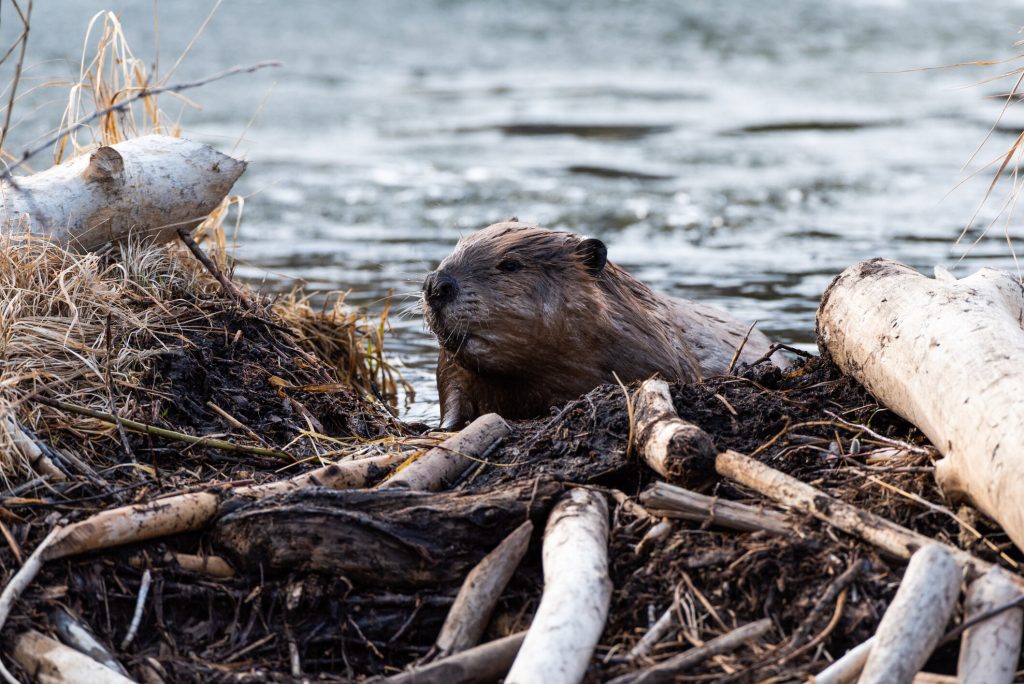Beavers are fascinating animals that are known for their engineering skills, building dams and lodges that can significantly impact their ecosystem. During the winter months, beavers exhibit unique behaviors that allow them to survive in harsh conditions. In this article, we will discuss in detail the behavior of beavers during the winter months.

Winter Preparation
Beavers are well known for their ability to build dams and lodges. These structures allow beavers to create a pond or wetland in which they can live safely and comfortably. Before the winter months arrive, beavers will begin to prepare for the cold weather.
One of the first things that beavers do to prepare for winter is to gather food. They will collect branches, twigs, and bark from trees, and store them in their lodge or in a pile near the entrance. Beavers are herbivores, and their primary food source is the bark of trees. They will often strip the bark from the branches they collect, leaving a distinctive pattern on the tree.
Beavers also prepare their lodge for the winter months. The lodge is constructed from branches, mud, and other materials. It is built in the middle of the pond and has two entrances, one above the water level and one underwater. The underwater entrance is used during the winter months when the pond is frozen. Before the cold weather arrives, beavers will add a layer of mud to the outside of the lodge, which will freeze and harden, providing insulation from the cold.

Winter Behavior
Once winter arrives, beavers exhibit a variety of behaviors that allow them to survive in the cold weather. One of the most interesting behaviors is their ability to maintain open water in the pond. Beavers will swim under the ice and use their powerful front teeth to chop away at the ice, creating a hole. This hole allows them to access the water they need for food and provides an escape route in case of danger.
Inside the lodge, beavers rely on their thick fur to keep warm. They have two layers of fur, one close to their skin and one on the outside, which traps air and provides insulation. Beavers also have a layer of fat under their skin, which provides additional insulation and energy reserves.
During the winter months, beavers will spend most of their time inside the lodge. They will sleep, eat, and socialize inside the warm and dry environment. Beavers are social animals, and families will stay together inside the lodge during the winter months. The family unit typically consists of a male and female pair and their offspring. The offspring will stay with their parents for around two years before leaving to find their own territory.
Beavers are also able to slow down their metabolism during the winter months, which helps them conserve energy. This ability is known as torpor and is similar to hibernation. Beavers will slow down their heart rate and breathing, allowing them to rest and conserve energy.

Beavers are fascinating animals that exhibit unique behaviors during the winter months. They prepare for the cold weather by gathering food and adding insulation to their lodges. Once winter arrives, they rely on their thick fur and layers of fat to stay warm. Beavers are able to maintain open water in the pond, which allows them to access the water they need for food and provides an escape route in case of danger. Inside the lodge, beavers will rest, eat, and socialize, and they are able to slow down their metabolism to conserve energy. By adapting to the harsh winter conditions, beavers are able to thrive in their ecosystem and make a significant impact on their environment.